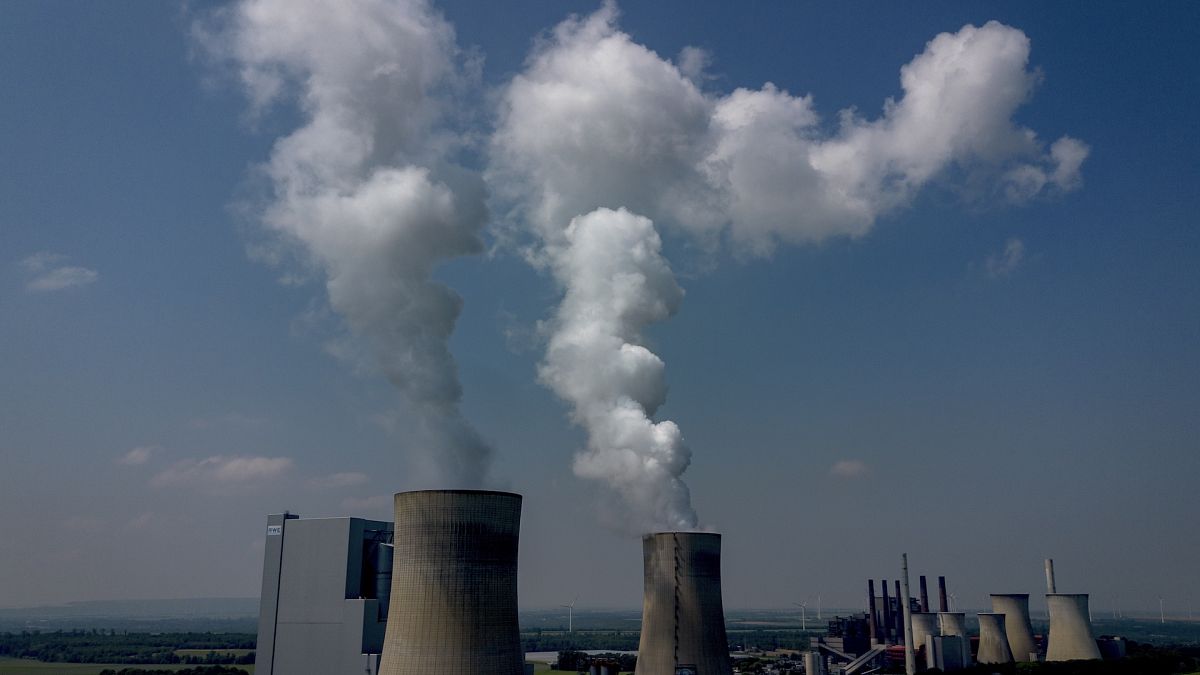Europe’s manufacturing sector is currently facing significant challenges, with the August Purchasing Managers’ Index (PMI) indicating a worsening downturn. Germany and France are leading this decline, as rising operational costs further complicate the situation.
The turmoil gripping the manufacturing landscape in Europe shows no signs of subsiding. As August unfolded, it brought disappointing news, including a stark contraction in private sector activity as reported by S&P Global’s PMI survey.
Although the final PMI reading for August experienced a slight upward adjustment from 45.6 to 45.8, it still remains well below the critical threshold of 50.0. This persistent decline reflects a troubling trend, with the index stuck in negative territory since July 2022, showcasing the ongoing structural challenges within the eurozone’s manufacturing industry.
New order inflows—a vital indicator for future production—plummeted at the sharpest rate observed in 2024. Amid the drying demand, companies have been compelled to reduce input purchasing, lower staff levels, and decrease inventory. Moreover, business confidence has plunged to a five-month low, amplifying the uncertainty that overshadows the sector.
Germany and France: Heavyweights in Manufacturing Contraction
When looking at the nations surveyed, Germany and France—Europe’s two largest economies—have had the most significant adverse impact on factory performance during August. Manufacturing conditions deteriorated markedly in both countries, while Greece, Spain, and Ireland were the only nations to experience growth, albeit at a slower pace for Greece and Spain.
This year saw the eurozone suffering its most severe sales slump, with declines consistent with averages from the past 28 months. New export business also faced a setback, deteriorating at its steepest rate in eight months, signaling a faltering global appetite for European goods.
Consequently, manufacturers across the eurozone are shedding jobs at an alarming rate, marking the 15th consecutive month of employment decline.
Rising Input Costs: A Growing Concern for the ECB
Compounding the troubles in the sector, eurozone manufacturers have reported rising input costs for the third consecutive month. While the pace of inflation has somewhat eased, it remains close to an 18-month peak, driven by escalating energy prices and disruptions in supply chains.
Cyrus de la Rubia, chief economist at Hamburg Commercial Bank, aptly captured the prevailing mood, stating: “Things are going downhill, and fast. The manufacturing sector has been stuck in a rut, with business conditions worsening consistently for three months, extending the recession for a grueling 26 months.”
He pointed out the continuing slowdown in both domestic and international new orders, diminishing hopes for an imminent recovery. “To make matters worse, input prices have been creeping up again since June,” de la Rubia added.
Market Update: European Stocks Retreat
European markets opened on a bearish note on Monday. The Euro Stoxx 50 index slipped by 0.2% as of 10:30 am CET, poised to end a four-day winning streak. France’s CAC 40 and Germany’s DAX performed poorly, each down by 0.3%. Meanwhile, Italy’s FTSE Mib fell by 0.2%, with Spain’s IBEX 35 remaining relatively unchanged.
Among the Euro Stoxx 50 constituents, stocks in Kering, LVMH, and BASF saw notable declines of 2.8%, 1.3%, and 1.1%, respectively. This downturn was particularly pronounced in cyclical sectors and for companies heavily reliant on Chinese demand, as economic uncertainty in China weighed on global markets. The disparity between China’s Caixin and official manufacturing PMIs for August intensified concerns, with official figures indicating contraction for the fourth straight month, leading to a 1.1% fall in the Shanghai index and a 1.5% drop in Hong Kong’s Hang Seng.
Notably, the U.S. stock market remained closed on Monday in observance of the Labor Day holiday. In the forex markets, the euro gained 0.2% against the dollar to reach 1.1070, increased by 0.3% against the Swiss franc, and advanced by 0.5% against the Japanese yen, while holding steady against the pound sterling.
Photo credit & article inspired by: Euronews



